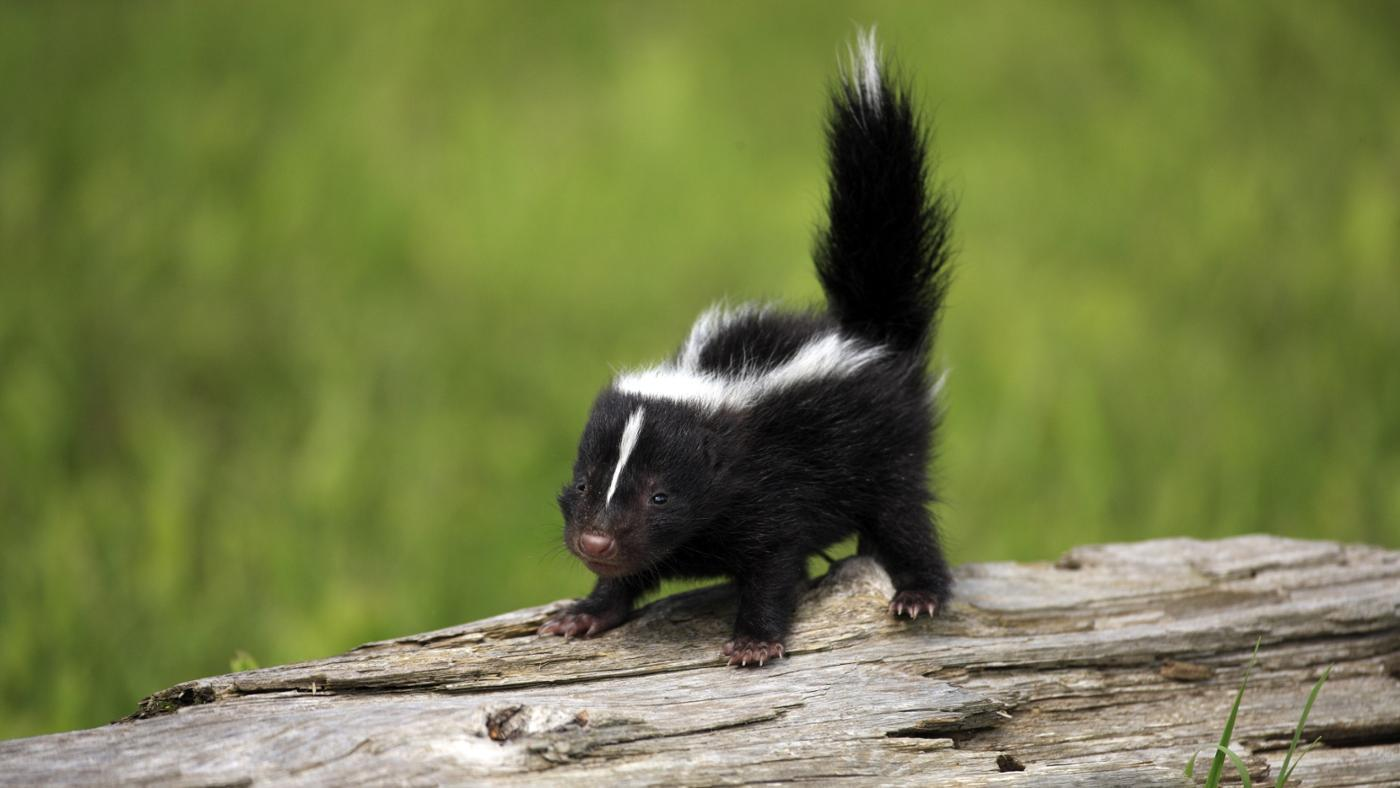
Baby Skunks: A Comprehensive Guide to Their Biology, Behavior, and Care
Introduction
Baby skunks, with their adorable appearance and playful antics, have captured the hearts of many wildlife enthusiasts. These tiny creatures, born blind and helpless, embark on a remarkable journey as they grow and develop into independent adults. Understanding their biology, behavior, and proper care is crucial for ensuring their well-being and fostering a harmonious coexistence between humans and these fascinating animals.
Biology of Baby Skunks
Physical Characteristics:
- Size: Newborn baby skunks are approximately 3-4 inches long and weigh around 1 ounce.
- Appearance: They are covered in soft, dark fur with a distinctive white stripe running down their backs.
- Eyes: Baby skunks are born blind and their eyes remain closed for the first 2-3 weeks of life.
- Teeth: They have a full set of baby teeth, which are sharp and used for nursing.
Development:
- Growth Rate: Baby skunks grow rapidly, gaining weight and size within the first few weeks of life.
- Mobility: They become mobile at around 4-5 weeks old, exploring their surroundings with clumsy but curious steps.
- Weaning: Skunks are typically weaned from their mother’s milk at around 8-10 weeks of age.
- Independence: Baby skunks become independent and leave their mother’s den at around 12-16 weeks old.
Behavior of Baby Skunks
Socialization:
- Littermates: Baby skunks form strong bonds with their littermates, huddling together for warmth and comfort.
- Mother-Offspring Relationship: The mother skunk plays a vital role in protecting and nurturing her young.
Communication:
- Vocalizations: Baby skunks communicate with high-pitched squeals and chirps.
- Scent Marking: They also use scent marking to establish their territory and communicate with other skunks.
Play Behavior:
- Chasing and Pouncing: Baby skunks engage in playful chases and pouncing, developing their coordination and hunting skills.
- Wrestling: They wrestle with their littermates, learning social hierarchy and boundaries.
Care of Baby Skunks
Orphaned or Injured Skunks:
- Contact a Wildlife Rehabilitator: If you encounter an orphaned or injured baby skunk, it is crucial to contact a licensed wildlife rehabilitator immediately.
- Do Not Handle: Baby skunks can carry diseases and may spray if threatened.
Captive Care:
- Enclosure: Provide a spacious enclosure with a nest box, hiding places, and access to an outdoor area.
- Diet: Feed baby skunks a specialized formula designed for carnivores, following the instructions provided by a veterinarian or wildlife rehabilitator.
- Hygiene: Keep the enclosure clean and provide fresh water daily.
- Socialization: Handle baby skunks gently and regularly to socialize them and prevent them from becoming fearful of humans.
Releasing Baby Skunks
- Age and Development: Baby skunks should be released into the wild once they are fully weaned, independent, and have developed the necessary survival skills.
- Location: Choose a release site that is suitable for skunks, with access to food, water, and shelter.
- Soft Release: Gradually introduce baby skunks to the wild by providing a feeding station near the release site for a few weeks before fully releasing them.
Human-Skunk Interactions
Avoiding Conflicts:
- Secure Garbage: Keep garbage cans tightly sealed to prevent skunks from accessing food.
- Remove Pet Food: Do not leave pet food outside overnight, as it can attract skunks.
- Trim Vegetation: Trim overgrown vegetation around your property to reduce hiding places for skunks.
Coexistence:
- Respectful Distance: Observe skunks from a distance and avoid approaching them.
- Education: Educate yourself and others about skunk behavior and the importance of respecting wildlife.
- Non-Lethal Deterrents: Use non-lethal deterrents, such as motion-activated sprinklers or ultrasonic devices, to discourage skunks from entering your property.
Conclusion
Baby skunks are fascinating creatures that play an important role in the ecosystem. Understanding their biology, behavior, and proper care is essential for ensuring their well-being and fostering a harmonious coexistence between humans and these animals. By respecting their boundaries, providing appropriate care when necessary, and promoting education, we can appreciate the beauty and wonder of baby skunks while maintaining a safe and respectful relationship with these unique creatures.
